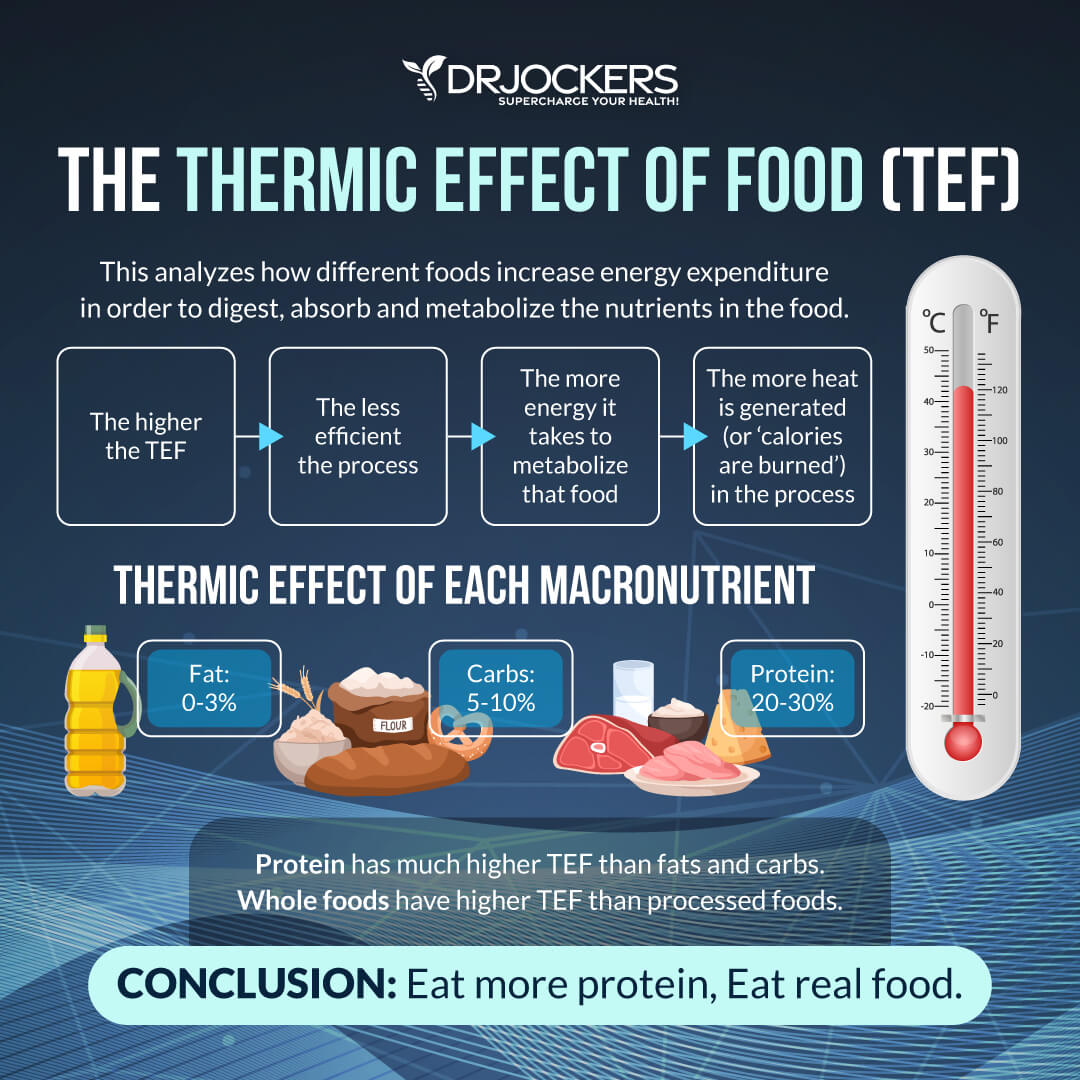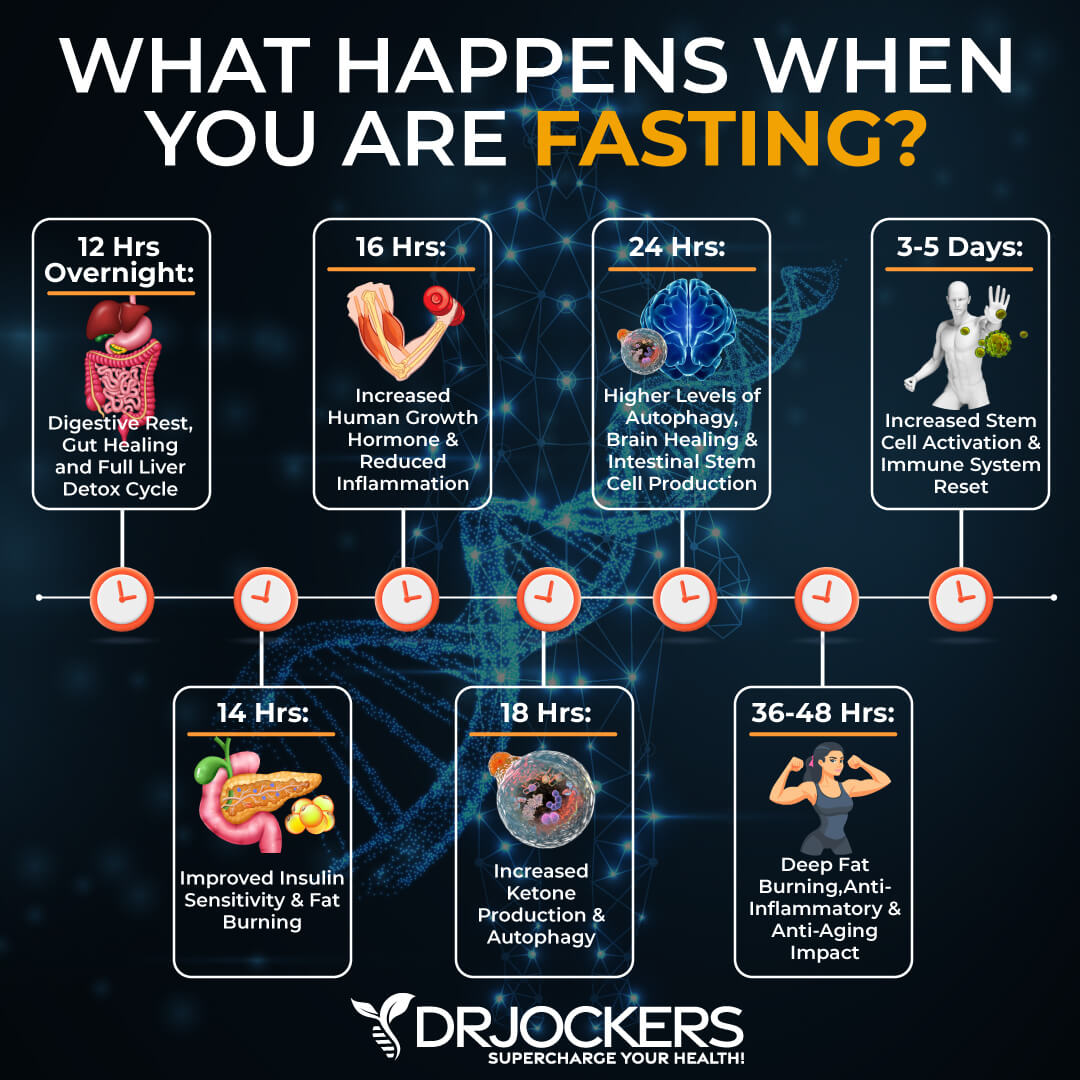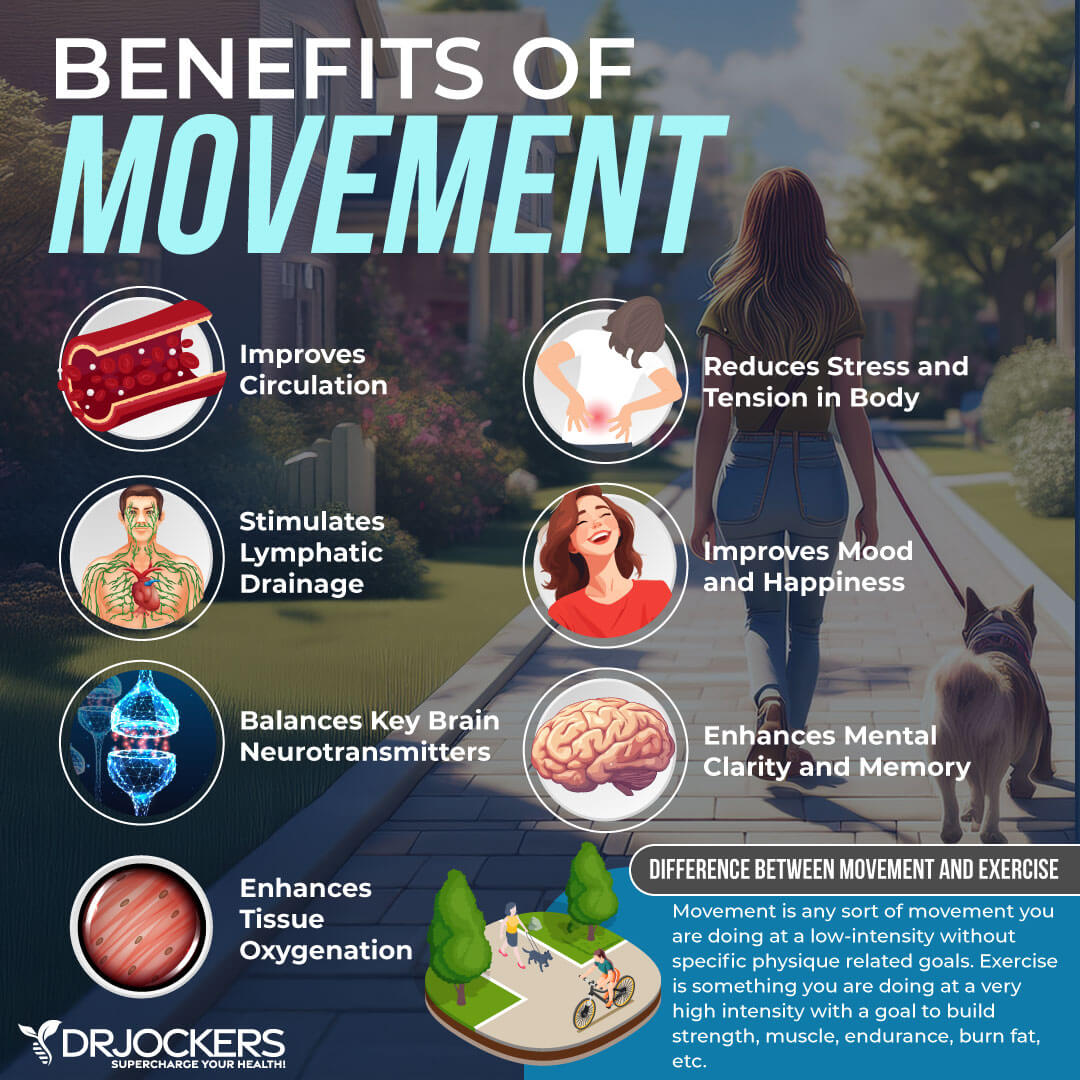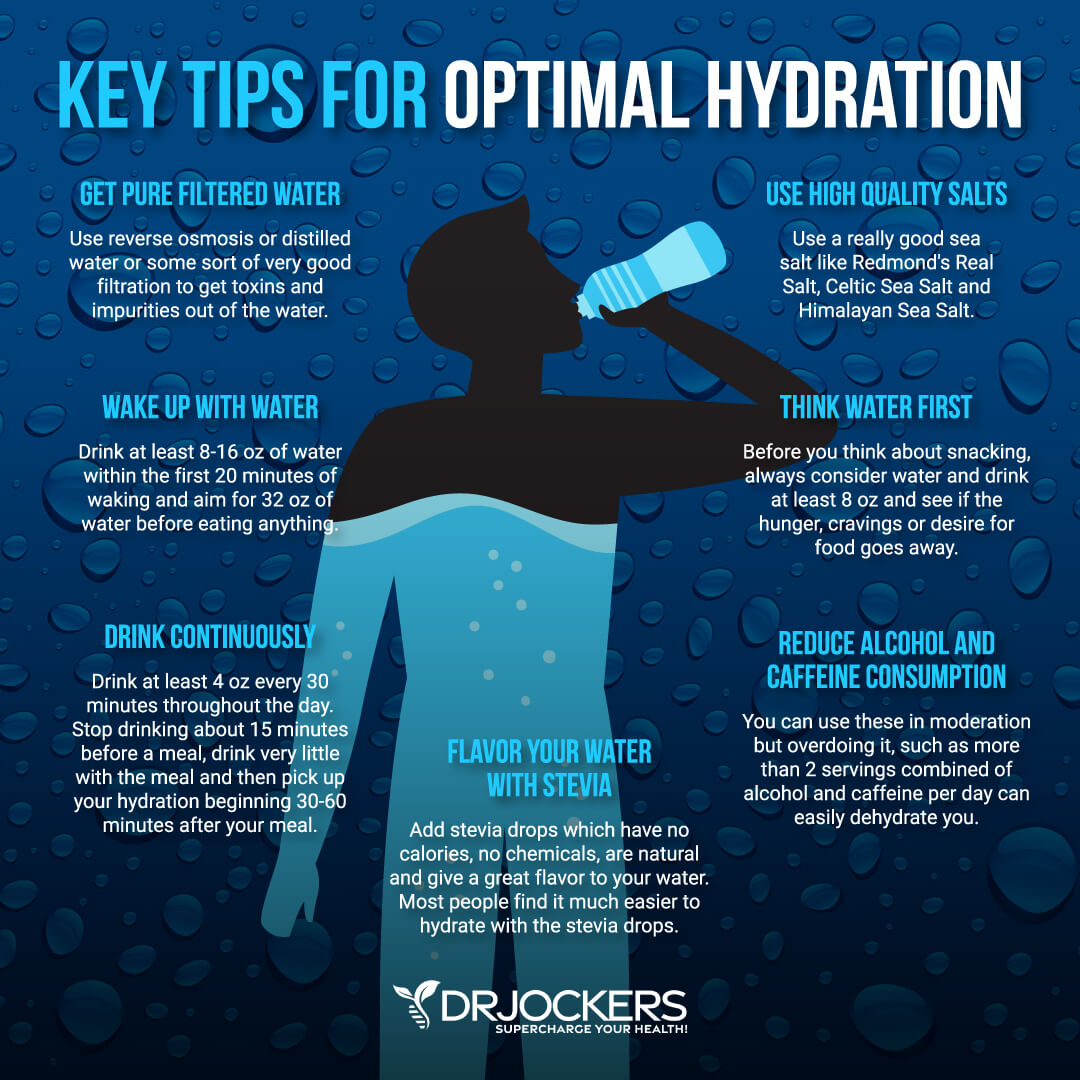 How to Use a Protein Sparing Modified Fast for Quick Weight Loss
How to Use a Protein Sparing Modified Fast for Quick Weight Loss
Do you want to lose 10 pounds in just a week? Do you want to kickstart your weight loss? Using a Protein Sparing Modified Fast for 7 days can help you do that.
But what is this diet plan, and how to do this? It is a low-calorie, high-protein diet plan that can help you lose weight and lose fat quickly. While I don’t recommend using it for the long term, trying it for 7 days can help you lose weight and body fat quickly and set you on a path of a healthier diet and lifestyle
In this article, you will learn what is a Protein Sparing Modified Fast. I will discuss how the Protein Sparing Modified Fast works, including its two phases. I will talk about the proper macro ratios to follow. I will share the best foods to eat on a Protein Sparing Modified Fast. I will share some meal examples you may try.
You will understand how long you can follow a Protein Sparing Modified Fast. I will discuss contraindications and risks. I will share additional lifestyle strategies to support your Protein Sparing Modified Fast. And I will go over some problems that may occur with rapid weight loss and what to do about it.

What is a Protein Sparing Modified Fast
A Protein-Sparing Modified Fast (PSMF) has actually been around since the 1970s. It is a very low-calorie diet created to lose weight and fat quickly. The term ‘protein-sparing’ refers to the purpose of the diet, which is to lose fat while maintaining muscle by focusing on a protein-rich, low-calorie plan.
A Protein Sparing Modified Fast is a short-term diet plan. It is generally used for people with severe obesity with the guidance of a healthcare professional over a period of several months. Using the diet for that long is not appropriate for most, but it can be helpful for obese individuals who need to burn dangerous visceral fat.
However, you can use principles of the Protein Sparing Modified Fast for the short term, about 7 days, to lose weight quickly. Today, many people refer to a diet using the same principles for the short-term, with or without the guidance of a healthcare professional, the Protein Sparing Modified Diet.
I will go over this in more detail, but in short, this plan involves 1,000 calories a day, 2 to 3 meals a day within a 6 to 8-hour eating window, and prioritizing protein at 50 to 75 grams of protein per meal. I only recommend this for short-term, for about 7 days, for most people, and when doing this on your own.
The Research Behind the Protein Sparing Modified Fast
This diet seems to be an effective diet who are obese or very overweight. Focusing on protein and limiting your calorie intake helps your body to use fat as a primary source of energy, get into ketosis, and burn body fat. Since we are not providing the body with many calories or fats, it needs to dip into its own resources.
This diet plan is very high in protein, which acts to protect lean body tissue (muscle and bone) and reduces hunger and cravings. Most people who follow this plan find that they don’t notice a lot of hunger and cravings, and compliance is very high compared to many other low-calorie diet plans.
A 2019 study published in Contemporary Clinical Trials Communications found that a Protein Sparing Modified Fast can be an effective weight loss strategy for severely obese patients under medical supervision (1).
A 2016 study published in Global Pediatric Health has found similar results, but in obese adolescents (2). A 2023 study published in Nutrients has also found that using Protein Sparing Modified Fast can improve weight loss, body composition, and lower insulin in severely obese participants (3).
A 2020 study published in the Journal of General Internal Medicine found that using the Protein Sparing Modified Fast can be effective short-term (4). Participants found results within the first 6 months, but after that, they had a harder time maintaining weight loss long-term.
This suggests that while the Protein Sparing Modified Fast is a great way to achieve quick weight loss and kickstart your weight loss goals, you need to follow a healthy diet and lifestyle to keep the results and maintain health.
Considering the low-calorie content, this diet should not be used by pregnant women, breastfeeding women, athletes, or those who are training for or competing in sports. It is a great option if you have a lot of weight to lose and you want to kickstart your weight loss goals.

How the Protein Sparing Modified Fast Works
The Protein Sparing Modified Fast has two phases: an intensive and a refeeding phase.
Intensive Phase
The first phase is the intensive phase. This phase can last up to 6 months, but not longer. It requires a doctor’s supervision. During this phase, you will be consuming 800-1000 calories, less than 30 grams of net carbohydrates per day, and 125-150 grams of protein per day.
Net carbs are total carbs minus fiber and sugar alcohols. So, fiber and sugar alcohols are not counted in the total carb amount.
However, be sure to monitor your fiber and sugar alcohol content as too much of these can cause gas, bloating, and gut inflammation. I would keep sugar alcohols under 8-10 grams daily and fiber around 30-35 grams daily as a good starting point, but you can reduce these if you don’t feel well on those amounts.
You will be eating lean proteins only, including chicken, fish, egg whites, or tofu, and not allowed to use any oil or butter. The small amounts of carbs should come from vegetables or fruits.
It is advised to drink half a gallon of liquid per day. Multivitamins, potassium, magnesium, and calcium supplements, and 1,200 to 1,500 milligrams of sodium are often recommended.
Again, using such a low-calorie diet for this long is only safe with medical supervision and only for severely obese individuals. However, using these principles for a week is a safe option for most to lose weight and body fat.

Refeeding Phase
After the first phase, you can move into the refeeding phase, which is the second and also the last phase. This phase lasts for 6 to 8 weeks and focuses on introducing carbohydrates again.
In the first 4 weeks, individuals can add up to 45 grams of net carbs and fats per day to their diet. Then the next 8-12 weeks, they can increase this amount to 90 grams. I recommend keeping protein levels at 125-150 grams daily.
Medical supervision during this phase is still recommended, with visits every 2 weeks and monthly lab testing to check your progress and health. While on a Protein Sparing Modified Fast, your body will reach a state of ketosis.
It will start relying on ketones as an energy source and use fat instead of sugar. Since, in some, ketones can lead to kidney issues, drinking enough water and checking your labs are critical during both phases of this nutrition plan.
After you finish the refeeding phase, you can do the intensive phase if you still have additional weight to lose, but only do it for 2 weeks at a time before refeeding once again.

Proper Macro Ratios to Follow
I recommend eating about 1,000 calories for 7 days. I don’t recommend doing this longer on your own. I recommend eating 2 to 3 meals a day, depending on your preference, within a 6 to 8-hour eating window.
So, you may eat your first meal at 11 AM, your second meal at 2 PM, and your final meal at 5 PM. The exact timing is up to your preference and schedule.
I recommend eating 50 to 75 grams of protein per meal, 50 grams per meal if you are eating 3 meals, and 75 grams per meal if you are eating 2 meals a day.
Your fat intake should be 10 to 15 grams per meal. If you are doing 3 meals, 10 grams of fat is what you are shooting for per meal. If you are eating 2 meals, go for about 15 grams of fat. This fat intake will likely come from animal sources, such as boneless chicken.

You really have to watch your fat intake. Eggs, for example, contain about 1 gram of fat for each 1 gram of protein, so eggs won’t work as your main source of protein on this diet. It is the same with steaks. Chicken and other low-fat proteins are better options.
Your carbohydrate intake should be 10 to 15 grams per meal. If you are doing 3 meals, 10 grams of carbs is what you are shooting for per meal. If you are eating 2 meals, go for about 15 grams of carbs.
Your carbs should come mainly from vegetables. Lemon or lime is an appropriate fruit option. Salad greens, broccoli, and other vegetables are great options.
You are intermittent fasting, which means it’s important that you are keeping to this 6-to-8-hour eating window only. Again, I only recommend this for the short term, for about 7 days, for most people, when doing this on your own.

Best Foods to Use on a Protein Sparing Modified Fast
On a Protein Sparing Modified Fast, you want to focus on clean animal protein. Since this is a low-fat plan, you want to focus on lean protein.
Chicken and other types of poultry, such as turkey, duck, and goose, are your best option. Lean meat, such as beef and lamb, can be great too. Certain seafood, such as catfish, halibut, and cod, could be good options; however, since fish is higher in fat, it is not the best option for all your protein intake.
Eggs and egg whites are good protein sources, but, again, since they contain lots of fat too, they should only take up a smaller portion of your protein intake. Low-fat dairy, such as cottage cheese and cheese, may be good options in limited amounts for fat and protein. Again, your fat intake should mainly come from these animal sources too.
For carbohydrates, I recommend vegetables. Leafy greens, broccoli, celery, pepper, cucumber, cabbage, onions, and other lower-carbohydrate vegetables are great options. Try to avoid fruits and root vegetables. Lemon and lime are good options for fruits.

Meal Plan on a Protein Sparing Modified Fast
So, what can you eat on a Protein Sparing Modified Fast? Here are some great meal options. You can also get a great recipe book with over 120 recipes specifically designed for the Protein Sparing Modified Fast here.
Breakfast options may include:
- Egg white omelet with vegetables
- Scrambled eggs
- Scrambled eggs and egg whites
- Eggs with spinach
- Tofu scramble
- Egg white omelet with zucchini
- Hard-boiled eggs
Lunch and dinner options may include:
- Lean chicken breast with broccoli and kale
- Lean turkey breast with kale
- Lean burger patties with lettuce
- Turkey breast with Brussels sprouts
- Chicken patties in a lettuce wrap
- Oven-baked chicken with bok choy
- Baked chicken with green beans
- Lean ground beef and a salad without dressing
- Catfish, a salad, and asparagus
- Baked lean chicken breast with bacon, broccoli, and cauliflower
- Broiled white fish with vegetables
- Turkey meatballs with zucchini noodles
- Lean burger patties in a collard green wrap
Check out the great Protein Sparing Modified Fast Method Recipe book by Maria & Craig Emmerich, which is very helpful for following this plan.
How Long Should You Follow a Protein Sparing Modified Fast
While the Protein Sparing Modified Fast was originally developed for people with severe obesity to be used for several months with the guidance of a healthcare professional, the same principles can be used for a short term by most people who need to lose weight.
If you want to lose weight and fat quickly and kickstart a healthier lifestyle, you may try a Protein Sparing Modified Fast. Unless you have medical guidance, I only recommend doing this for 7-14 days, not longer. It is a very low-calorie plan and can become problematic unless it is warranted.
After your Protein Sparing Modified Fast, you can move into a healthy and more sustainable nutrition plan with nutrient-dense food, a low-fat or ketogenic plan, intermittent fasting, exercise, and enough sleep. This can help you with continued weight management and overall well-being.

Contraindications for the Protein Sparing Modified Fast
There are some potential contraindications and downsides of the Protein Sparing Modified Fast. This is a very low-calorie diet, so this is not for everyone. I don’t recommend it for pregnant women, breastfeeding women, or those trying to conceive.
It is not a good option for athletes or those who are training for or competing in some sports. Basically, anyone who needs lots of calories and nutrition and/or doesn’t need to lose weight shouldn’t follow this plan. It is also not suitable for those with a history of eating disorders, older adults, or already lean individuals.
Since there is a risk of nutrient deficiencies, it may not be a good option if you are already dealing with nutrient deficiencies. If you have gallbladder issues, a history of gallstones, or your gallbladder has been removed, eating a low-calorie diet may increase your risk of adverse effects.
Following a low-calorie plan can hold the risk of yo-yo dieting. It is important that you don’t jump back to an unhealthy lifestyle plan or start binging after, but follow it with a healthy, nutrient-dense plan. You may benefit from a more gradual approach to weight loss, especially if you have a history of yo-yo dieting and binge eating.
Following such a plan for 7 days should be fine for most people who need to lose some weight. However, I don’t recommend doing this for longer. If you need to follow a Protein Sparing Modified Fast for longer, do it under the supervision of your healthcare provider.

Additional Healthy Lifestyle Strategies
Here are some additional lifestyle strategies I recommend while on a Protein Sparing Modified Fast to support your body and improve your results.
Reduce Stress & Improve Sleep
Reducing your stress level and improving your sleep is critical. I recommend practicing meditation, mindfulness, breathwork, and gratitude, which can help to lower your stress levels and manage stress better. Time in nature, engaging in hobbies, and connecting with supportive friends, family, and community can also help greatly.
I recommend getting 8 or even 9 hours of sleep and 10 hours of darkness. Once the sun goes down, dim your lights. Use light from a fireplace, amber light, or blue light-blocking glasses. These light sources don’t burn melatonin, which is needed for sleep and human growth hormone release. This gives you the best fat-burning type of sleep.
Engage in relaxing activities in the evening, such as reading, journaling, crossword puzzles, meditation, taking a bath, or listening to music.

Regular Movement and Exercise
Regular movement and exercise are important. I recommend getting 10,000 steps a day. This is about 5 miles a day. You don’t have to do this all at once. I recommend breaking it into three walks: one in the morning, one mid-day, and one in the evening.
This is about two 2-mile and one 1-mile walk. If you don’t have time for this, you can break it into two walks or do it at once. The important part is getting to 10,000 steps. Track it with a Fitbit or another tracker app.
I also recommend strength or interval training 3-6 times per week to help build muscle. You may try bodyweight exercises, free weights, kettlebell workouts, TRX workouts, and resistance bands.
High-intensity interval training (HIIT) and Tabata workouts are also great ways to combine cardiovascular workouts and strength and resistance training. Pilates and barre workouts can offer lower-impact strength workouts, too.

Sun Exposure, Time in Nature, and Grounding
Regular sun exposure, time in nature, and grounding have many health benefits and can support your Protein Sparing Modified Fast. Sun exposure can help to improve your vitamin D levels.
Vitamin D affects many areas of your health, including immune health, bone and muscle health, and brain and mental health. It is obtained from the ultraviolet (UV) rays of the sun. So, spending time in the sunshine is critical for your vitamin D levels.
Additionally, spending time in nature is a great way to reduce your stress levels, get some fresh air into your lungs, move your body, and spend time with friends and family. don’t have to go far. You can go to a local city park or spend time in your backyard if you don’t have time for a visit, a local county, state, or national park is a great option for a hike.
You can combine this activity with your daily walks. Take off your shoes for some grounding to get some vibration from the earth, relax and energize your body, and connect with nature.

Good Hydration
Good hydration is critical. Start your day with 16 to 36 oz of water and drink at least a glass an hour. You should aim for a minimum of 64 oz a day.
Since losing electrolytes during your fast, replenishing them is critical. Add a bit of salt to your water or use an electrolyte powder to replace electrolytes. Drinking herbal tea is also fine during this fast.
I also recommend adding apple cider vinegar to a glass of water before a meal, which will trigger the vagus nerve and help activate the release of digestive juices such as stomach acid, bile, and pancreatic enzymes. This will support digestion, metabolizing your food, gut lining health, glycemic control, and weight loss.

Take a High-Quality Multivitamin
Since this is a low-calorie plan that mainly focuses on protein, it’s important that we reduce your risk of any nutrient deficiencies. I recommend using a high-quality multivitamin, such as Complete Multi-Vitamin, to reduce your risk of nutrient deficiencies and support your body.
This is a full-spectrum multivitamin with Albion-chelated minerals for maximum absorption and bioavailability.
Problems That May Occur with Rapid Weight Loss
There are a variety of issues that may occur from rapid weight loss. Muscle loss, nutrient deficiencies, and a weakened immune system are risk factors. Thus, strength training and using multivitamins are critical.
It may also lead to dehydration, electrolyte imbalances, gallstones, or even heart complications. Thus, replenishing your electrolytes and drinking enough fluids is very important.
Rapid weight loss may also cause slow metabolism in the long run, so I don’t recommend doing this diet for longer than 7 days for most people or doing it often. Saggy skin may also occur. I recommend reading this article to reduce your risk of saggy skin.
Psychological effects such as mood swings and increased stress levels may also happen, so it’s important that you take care of your mental health during your Protein Sparing Modified Fast.
Follow my tips on how to reduce your stress levels. If you are currently in a stressful period of your life or have mental health difficulties, a Protein Sparing Modified Fast may not be the right option at this time.
Finals Thoughts
The Protein Sparing Modified Fast is a low-calorie, high-protein diet plan that can help you lose weight and lose fat quickly. I recommend only using this plan for 7 days if you want to lose weight fast. I recommend following my tips in this article to do the Protein Sparing Modified Fast safely while supporting your health and well-being.
If you want to work with a functional health coach, I recommend this article with tips on how to find a great coach. On our website, we offer long-distance functional health coaching programs. For further support with your health goals, just reach out and our fantastic coaches are here to support your journey.
Inflammation Crushing Ebundle
The Inflammation Crushing Ebundle is designed to help you improve your brain, liver, immune system and discover the healing strategies, foods and recipes to burn fat, reduce inflammation and Thrive in Life!
As a doctor of natural medicine, I have spent the past 20 years studying the best healing strategies and worked with hundreds of coaching clients, helping them overcome chronic health conditions and optimize their overall health.
In our Inflammation Crushing Ebundle, I have put together my very best strategies to reduce inflammation and optimize your healing potential. Take a look at what you will get inside these valuable guides below!






